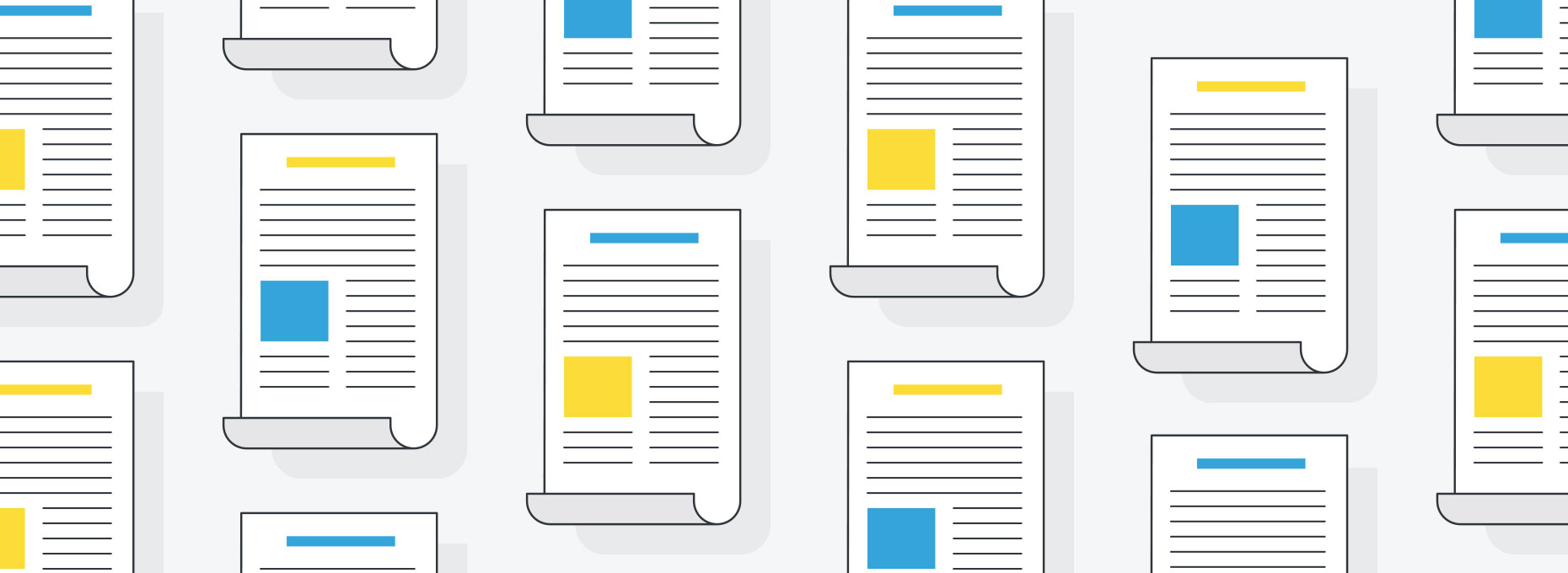Dear Gemba Coach,
Why won’t senseis ever give a straight answer?
How many lean senseis does it take to change a light bulb? One, the joke goes, but the light bulb has to really want to change.
Senseis don’t ever give straight answers because one, that would not help you develop, two, they often can’t answer the question in the terms you’ve framed it, and three, when they do give straight answers (or direct instructions to “clean the window”), you won’t like it any better. The sensei’s job is not to give straight answers, but to point to muda and ask “why?” until you start to see the muri or mura that creates the waste, or to stand you in a circle until you get the point of view of the operator.
Senseis don’t worry much about the immediate problems of production: that’s the responsibility of the person experiencing the problem. They worry instead about reinforcing the attitude of “customer first” and about developing the technical and teamwork skills of the people in front of them so that they will improve the capability of the processes they own.
It’s helpful to keep a few distinctions in mind concerning this topic. First of all, lean senseis are often Japanese (or trained by Japanese), and my understanding of Asian tradition is that the onus for learning is on the learner. The teacher is good enough to demonstrate his or her knowledge, and the learner has to make the effort to, well, learn.
In the west, somehow the onus has shifted to the teacher, who is expected to interest students, to convince them, to keep them in the classroom and so on. It’s also important to note the difference between classroom learning and gemba study.
On the gemba, my challenge is to show: I have to find a demonstrative case in the messy reality that surrounds us, and to hold my student in front of it until they see (an extreme form of this being the infamous Ohno circle). I can’t see for them – they have to make the intuitive jump. The relationship is clear: they have to do the work until they’ve convinced me they have seen what I wanted to show them. In a classroom, on the other hand, I have to explain, and continue to explain until they feel they’ve understood or just had enough. It’s a very different teacher-student relationship.
Simplify to Amplify
One thing my father teaches is that lean progress is propelled by the two feet of improvement and involvement. Explaining more might help people make quicker progress on the improvement side. If you’re good at explaining, they’ll do whatever and we can all move on. However, this is not very engaging. Not giving the answer, on the other hand, is frustrating but very engaging. In his brilliant book Understanding Comics, Scott McCloud argues that comics are ingenious because they use amplification through simplification: they provide just enough information for you to fill in the meaning. One reason comic strips are so engaging is that from one drawing to the next, you get to fill in what happens—an action McCloud labels “closure” (and in fact breaks down into six subcategories). If the author draws an axe in one box, and a scream in the other, you get to fill in the murder – your mind can’t help it, even if it’s often unconscious: you’re involved, not by the literal representation but by the absence of it. In the same way, on the gemba, people get drawn in not by the sensei’s answers, but by the absence of them, as the mind struggles to fill in the blanks.
The second part of the problem is that intellectual “understanding” is a far cry from competence. Understanding how someone can ride a bike has little to do with the physical experience of riding the thing oneself. Again, in the western tradition of teaching, the student needs to be reassured by all the theory to finally start with the practical experiments. The Asian tradition is more the other way around: by grappling physically with the problem, you get to build the internal scaffolding that makes you reach for the Aha! moment.
One real drawback from the “intellectual understanding” approach is that we now have many people doing A3s, or setting up obeyas, or conducting kaizen with very little notion of what real problem solving is about (are we solving the right problem? Are we solving it in the right way?). Part of the problem is that having intellectually understood the tools, they can’t see they’re missing out on the activity. They can talk the talk, but don’t realize how far they are from walking the walk.
Thirdly, senseis don’t ever give straight answers mostly because the questions themselves are largely flawed: they can’t answer the questions framed in the terms they’re being asked. Imagine you’re in front of a technical process in the plant that has never been stabilized and creates a great number of defectives. You can see that they’re using the machine wrong by a number of giveaway signs, but how could you possibly know exactly what is wrong with the process? What you can tell, however, is that they are discussing the machine at such a general level they’re not very likely to find the real problem. This is not consultant BS, but actual experience of mine. So, the answer is, “set up a paper board next to the machine and write up exactly what happens every time it produces a defective.” This invariably works if done seriously because, in many cases, the machine’s technical issues are created by the conditions in which the machine is used, which the team on the gemba will discover by themselves. Although this will improve right-first-time and develop the people’s own understanding (and teamwork), this response does not answer “is it the whachamacallit or the thingasomething that is going wrong?” In your terms of your question, it’s not a straight answer. But then again, it is.
Dueling Senseis
Finally, in some cases, senseis do give straight answers, except that nobody likes that. The sensei is watching your semi-automatic assembly lines where operators work loading and unloading machines with three or four parts between stations and he says: “force one piece flow” – not three or four parts flow: zero or one. Or you’re in an injection and assembly cell that produces one to two percent scrap and the sensei says “set up a red bin and ask the supervisor to come observe conditions at every defect.” These are pretty straightforward answers, I would say, except that no one likes them or believes they have the resources to do so. In this case, the sensei is not solving your problem, he’s setting up the observation tool for you to solve the problem. But, as with the church officials who wouldn’t look in Galileo’s telescope for fear of what they might see, on the ground, they are many reasons for NOT doing what the sensei says, and so, refuse to learn.
Are senseis always right? Absolutely not. The first thing Taichii Ohno teaches us in his seminal book on workplace management, is that we’re all wrong at least half the time. You have not done real lean until you’ve witnessed “battle of the senseis”: two senseis with radically different ways of approaching a gemba problem. But we all get the sensei we deserve.
I would not worry too much about sensei’s style, every teacher has his or her own. Overall, I would answer the question with another question: “how do I find the right sensei?” Finding one’s sensei is an essential part of the lean journey. In the Wild West, it was easy enough to set up a sign saying doctor, or judge – who could tell the difference? In current settings, any half-trained consultant can call himself or herself sensei – how can you tell the difference? You can’t, but your local Lean Community will. Real senseis are rare, expensive, and generally a pain. They don’t tell you what you want to hear to solve your problems in the way you’d like. They know that the solutions to problems don’t exist in the mindsets that created the problem in the first case. They will look for areas where you will learn to change your mind by yourself.
So how can you tell a real sensei from a self-promoted one? You can’t. No real sensei will actually claim he’s a sensei, which doesn’t help either (those who have “lean sensei” on their résumé are, at best tasteless, at worst snake oil doctors). But your lean community will know, and the Lean Community at large around lean.org has a pretty good idea as well. Again, this is an engagement issue. Finding the right sensei is your responsibility and part of your lean journey.






